ORA® Captive-Bred Electric Indigo Dottyback
$54.99
-
Select Variant
After the initial release of the ORA® Captive-Bred Indigo Dottyback in 2006, ORA® continued working to refine the hybrid to meet the most appealing characteristics. The result is now the brand new ORA® Captive-Bred electric Indigo Dottyback!
Electric Indigo differs from its predecessors in that it has a three-color scheme instead of just two. The black stripe that runs down the middle of the body is much more distinct than an Indigo and the bottom in the fish's body is white in hue. The most striking aspect is the light blue-to-turquoise hue on the top. Electric Indigo exhibits the elegant caudal filament that is found inside the Striped Dottyback lineage.
Similar to the Indigo Dottyback, the Electric Indigo can readily change its color based on mood or its level of comfort. Once they've settled they look amazing. Electric Indigo is rather peaceful.
The best setup that will work for an Electric Indigo Dottyback will be an established saltwater tank of a minimum 30 gallons, surrounded by large quantities of live rock. Make sure there are plenty of crevices and caves that allow for Indigo Dottyback to explore and seek refuge. Like other Dottyback species, it is advised to keep this Electric Indigo Dottyback singly unless the aquarium is vast. The gentle-mannered Indigo Dottyback poses minimal threat to shrimp and crustaceans, making it an ideal option for aquariums with reefs.
This ORA® Captive-Bred Electric Indigo Dottyback must have a balanced diet comprised of food items specifically designed for carnivores.
If you keep it in a reef tank, it is recommended that the ORA® Electronic Indigo Captive Dottyback must be fed daily.
Approximate Purchase Size: 1" to 1-3/4"
- Description
- Additional Information
- Reviews
General information on the Electric Indigo Dottyback
The ORA Electric Indigo Dottyback is a cross between two species: the Orchid Dottyback (Pseudochromis fridmani) and the Striped Dottyback (Pseudochromis sankeyi). The offspring that result are stunningly colored fish with a relaxing indigo coloring. At first glance, the Indigo Dottyback seems like it is a clone of the stunningly colored Orchid Dottyback (appearing more like an intriguing color morph from that of the Orchid Dottyback rather than a hybrid). On closer inspection features that are similar to the Striped Dottyback can be seen. Although the main stripe running in parallel with the longitudinal line is very diminished the Indigo Dottyback displays an identical black band running the entire ventral line of the Striped Dottyback. The unique indigo coloration, as well as black graphic stripes, give distinctness to this amazing hybrid breed that has been captive-bred. Make sure there are plenty of crevices and caves to allow this Indigo Dottyback to explore, take refuge in, or claim. Like other Dottyback species, it is advised to keep the Indigo Dottyback as a single unless your aquarium is vast. The gentle-mannered Indigo Dottyback poses minimal threat to shrimp, crustaceans, or ornamental species making it a good choice to be used in reef tanks.
size
Large, Medium, Small
Units
1
Weight
6 lbs
Dimensions
1 × 1 × 1 in

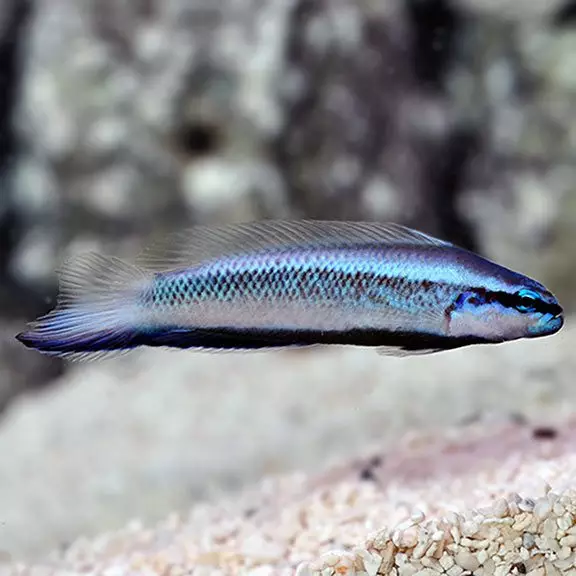

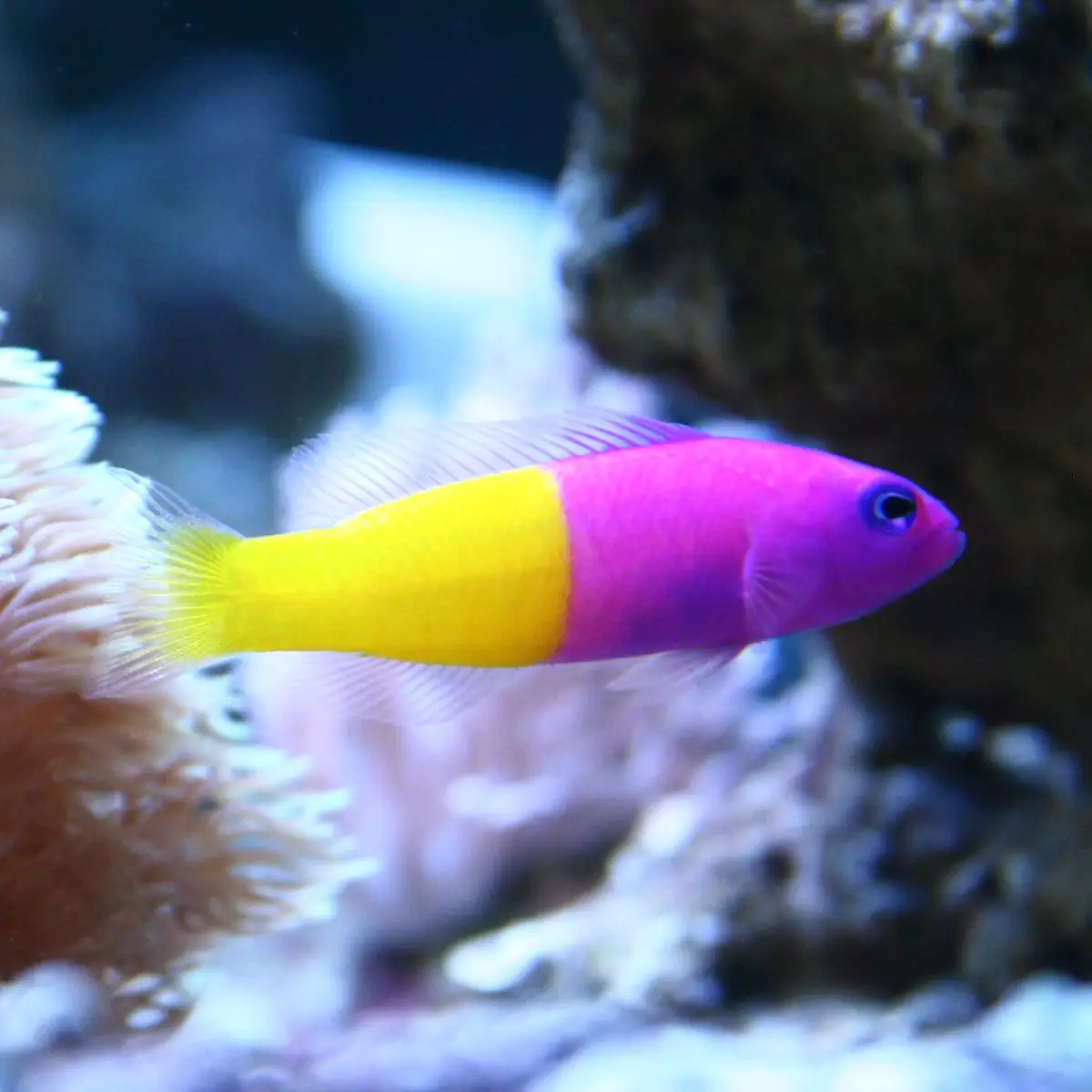
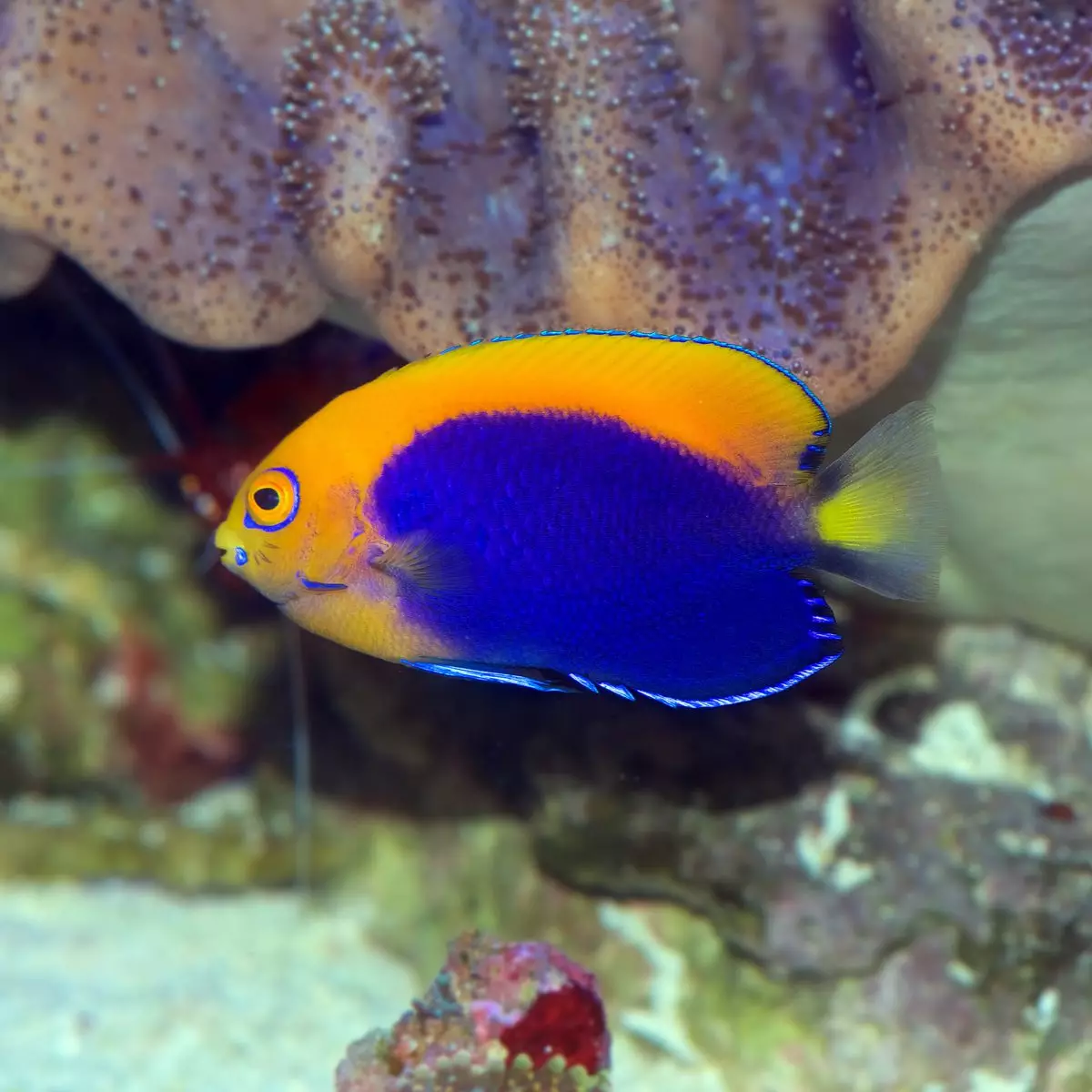
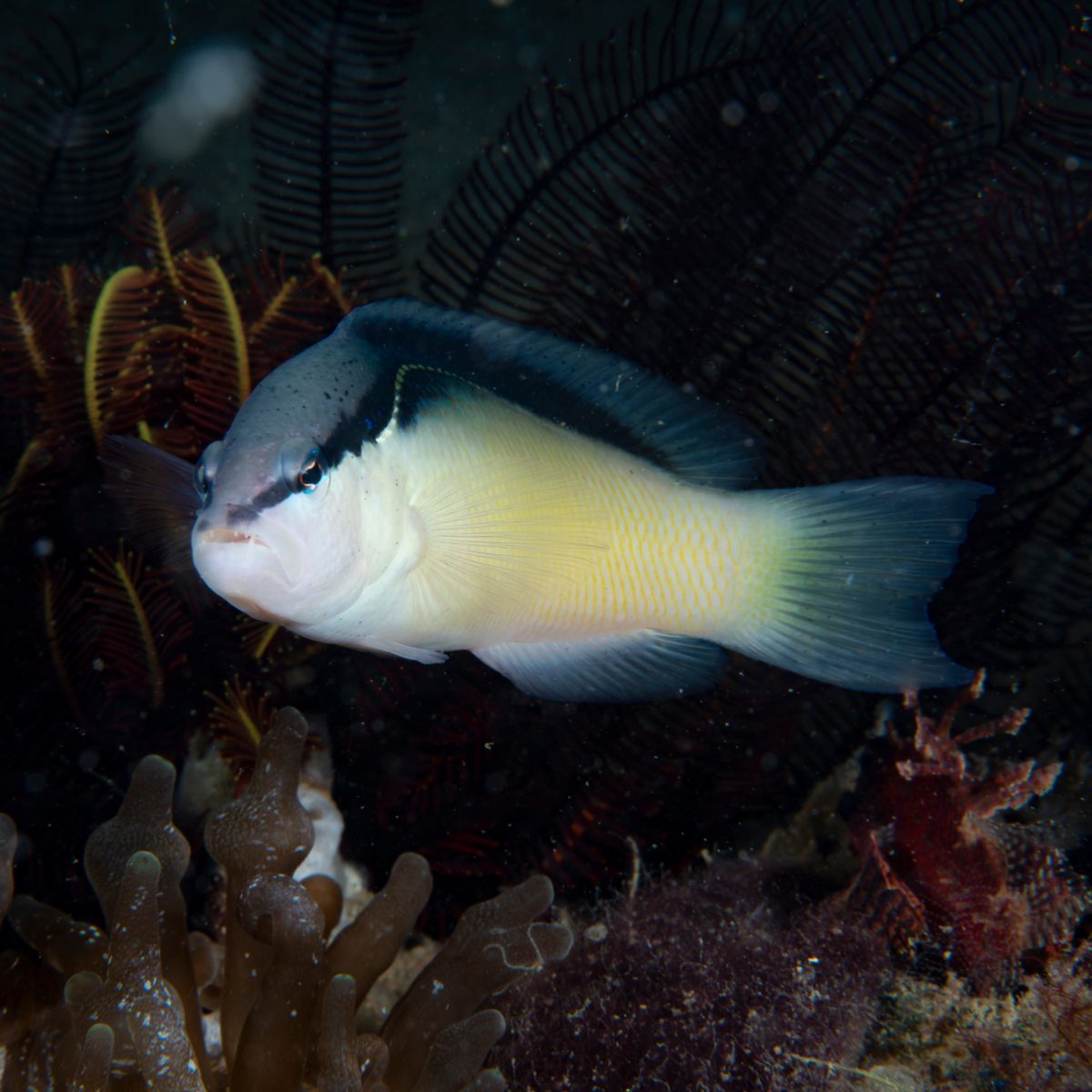
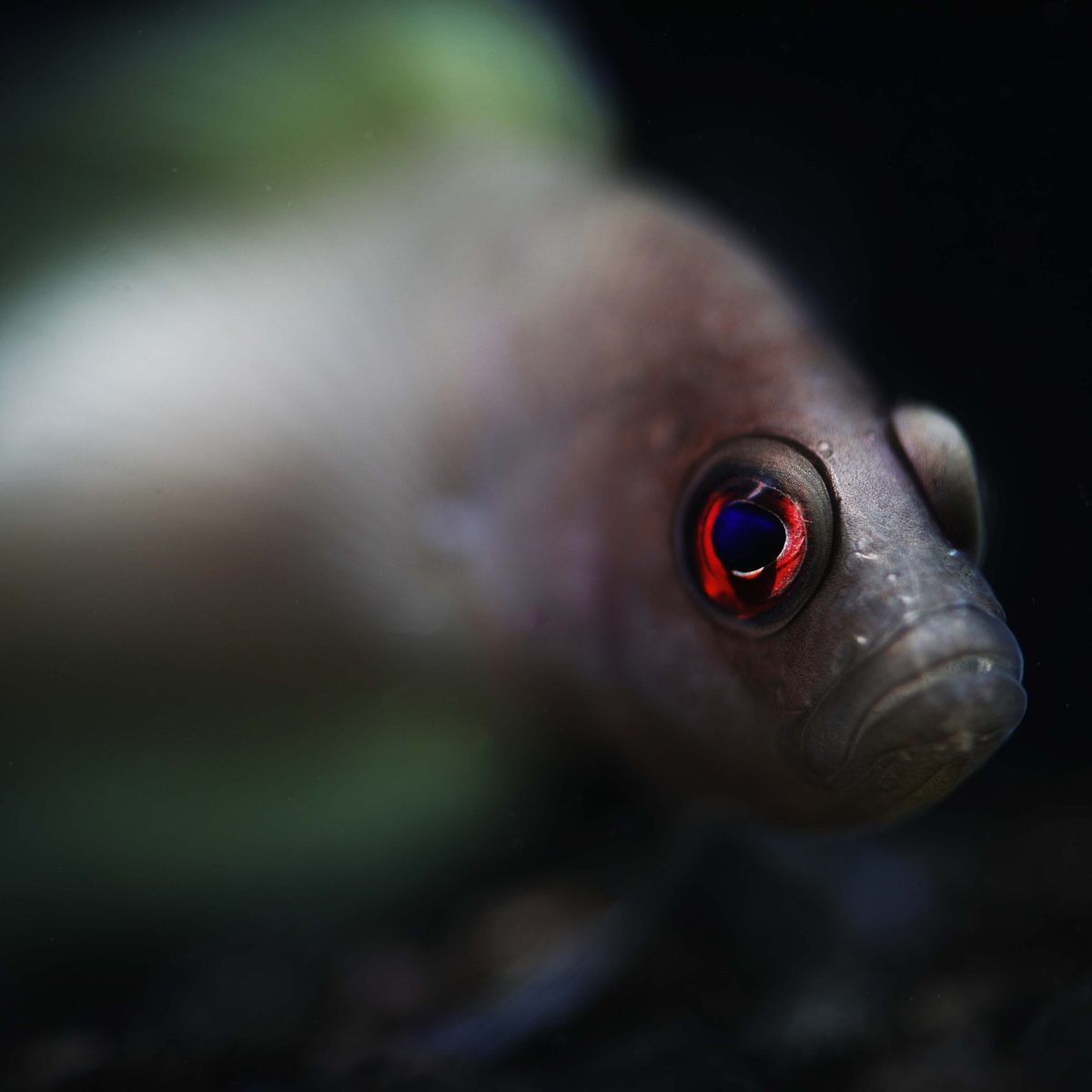
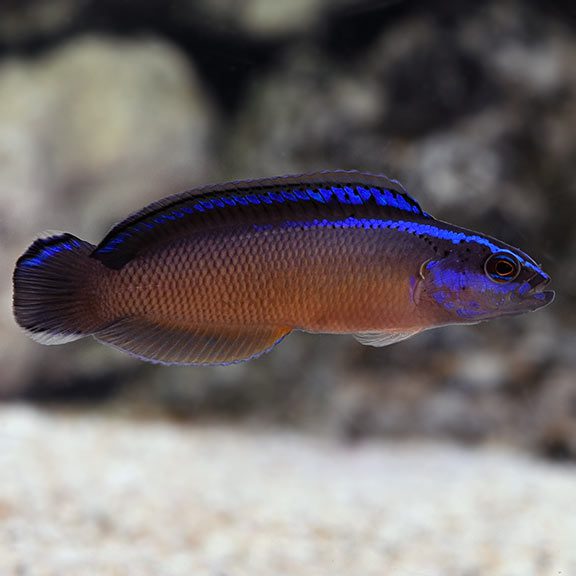
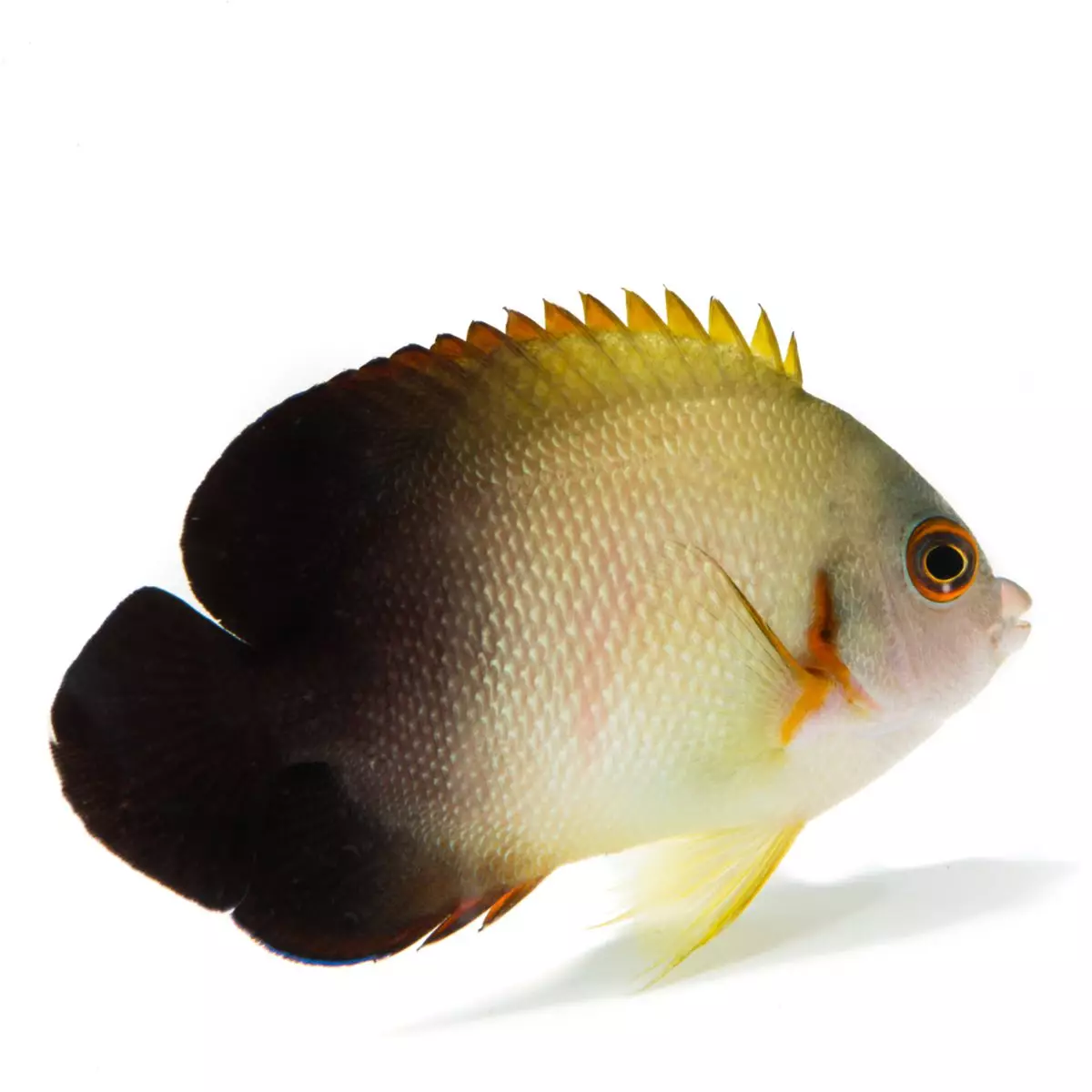
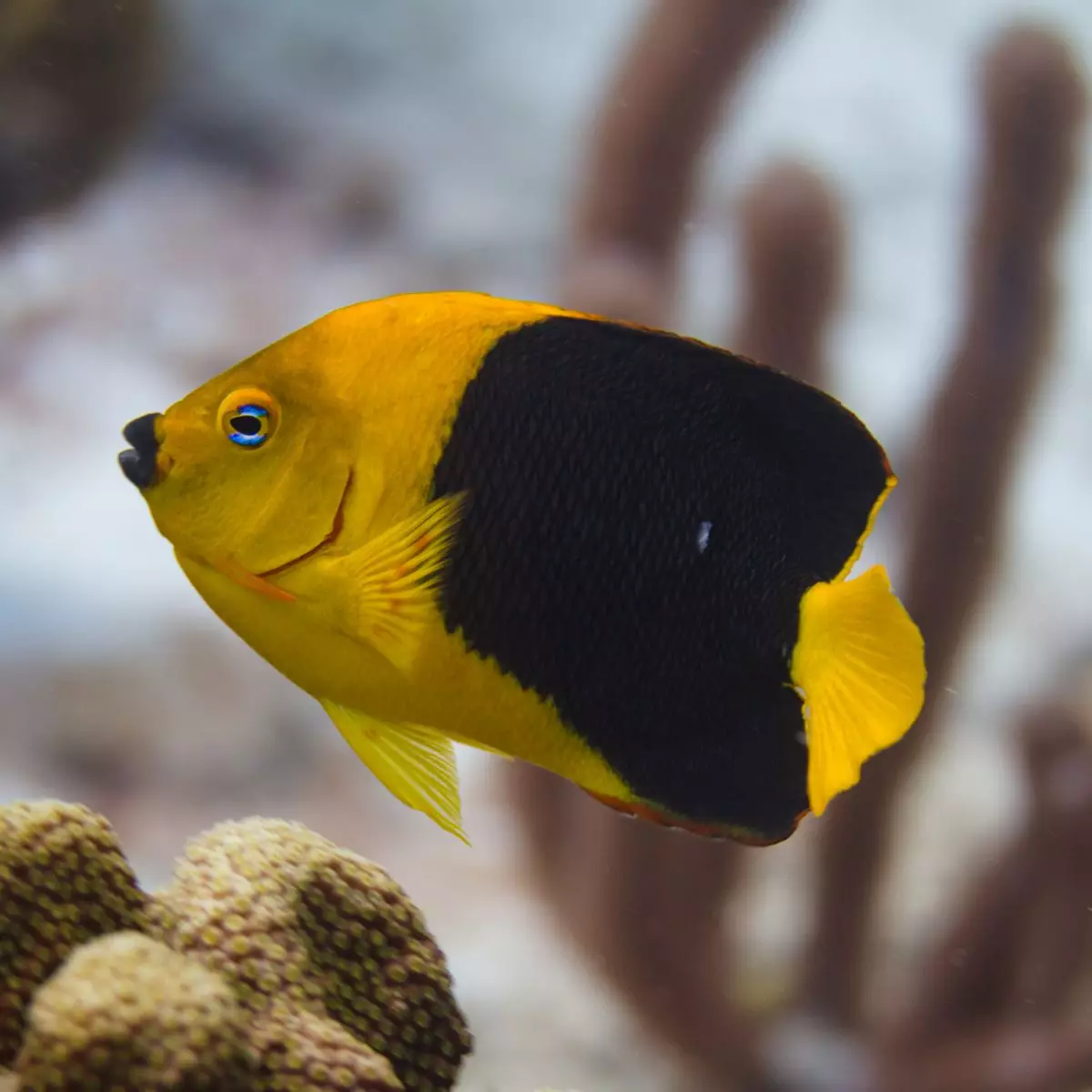

Reviews
There are no reviews yet.